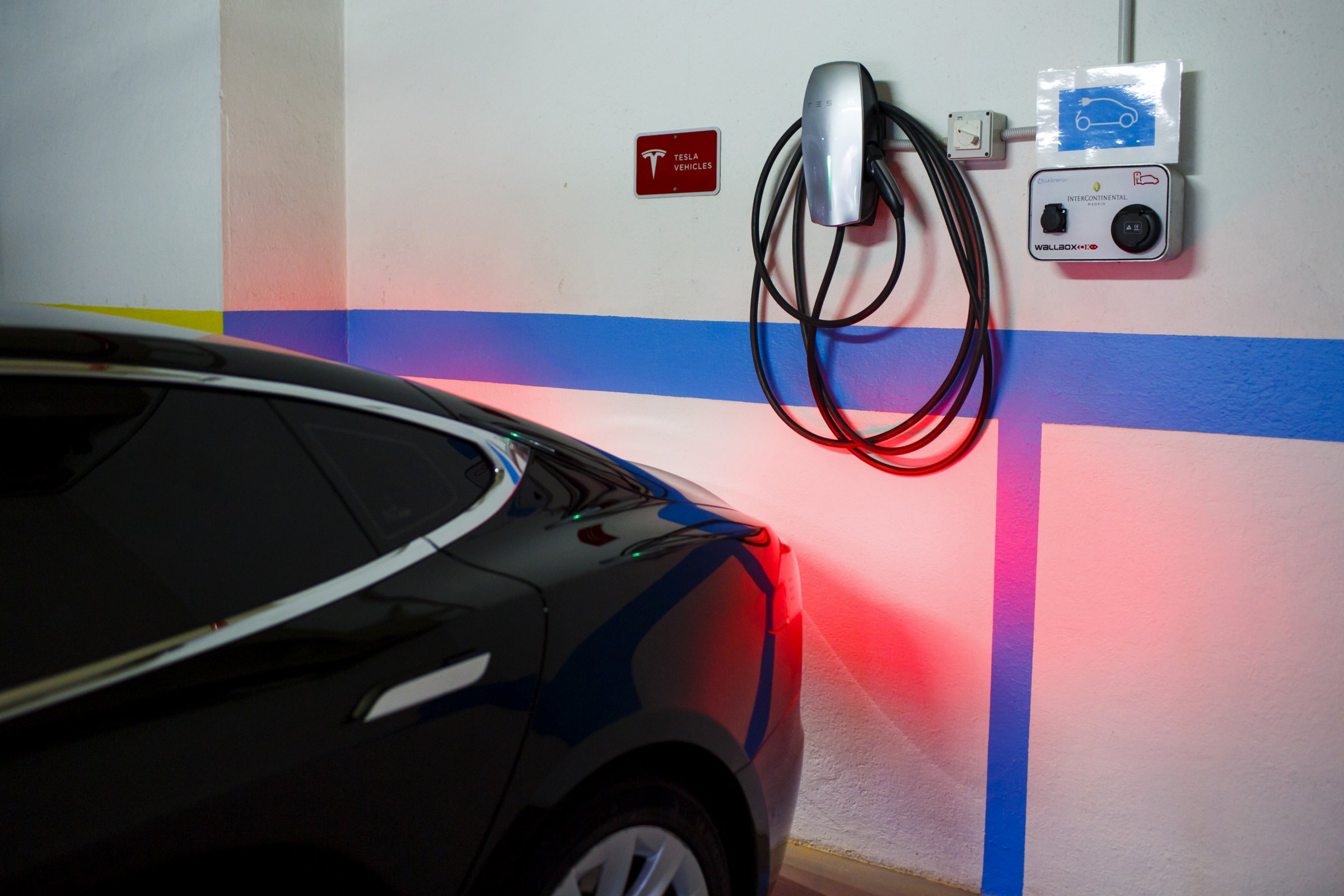
Oge, who served as the director of the EPA’s Office of Transportation and Air Quality from 1994 to 2012, is the author of Driving the Future: Combating Climate Change with Cleaner, Smarter Cars.
In the movie Groundhog Day, Bill Murray plays a weatherman doomed to relive the same day over again until he can get it right. The movie’s central truth has endured: everyone has issues, moments, problems or events that seem to keep reappearing. One of mine happened again recently, when the Donald Trump Administration floated an auto industry proposal to relax the 2025 greenhouse gas standards for cars.
I can barely tell you how many times I have watched the auto industry mistakenly go down this road, for decades. But this proposal is particularly irksome. I helped write those standards, which double fuel efficiency to 54.5mpg. I was at the 2011 Whitehouse signing ceremony for the regulation — the first federal action specifically targeting greenhouse gas emissions. On a stage set up outside the White House, 13 major automaker CEOs shook hands with President Obama. I thought that they had finally seen the light.
After all, their industry had nearly collapsed during the 2008 economic crisis. It was clear that growth driven by gas-guzzling SUVs was not sustainable. Demand for fuel-efficient cars was rising. So despite their decades of intransigence, embracing standards to double fuel economy over the next dozen years just made sense.
As the standards came into place over the next few years, a new age of automotive innovation unfolded, reminiscent of the days of Karl Benz and Henry Ford. All this happened while sales and profits roared back, and the auto industry not just met, but stayed ahead of standards. Almost a quarter of all 2016 model vehicles already meet the emissions that will be required in 2020–2025.
In Trump, however, the auto industry sees a chance to remove these GHG mandates to chase short-term profits. I’ve seen this movie before. I know that the car companies are, once again, wasting their efforts. Here’s why:
First, the 2025 standards are working and can be met — cost effectively — by the auto industries. EPA analysis shows that, if anything, the 2025 standards actuallywarrant strengthening, not weakening. A significant portion of the 2025 standards can be achieved by simply improving internal combustion engines. The Trump Administration can try to relax the standards but will not succeed in courts, given the strong record established by the EPA under Obama.
Second, even if the car companies are successful at weakening the federal program protections, California has made clear they will follow the existing regulations. Furthermore, a dozen other states have adopted the California clean car program and they have already declared that they will join California in fighting changes. This is a big problem for car companies. Since these states account for 35% of the U.S. auto market, and car companies turn profits from an economy of scale, disparate standards cost them money.
Third, weakening those standards at home changes nothing about international standards, most of which are headed in the opposite direction. Norway has set a goal of only allowing sales of 100% electric or plug-in hybrid cars by 2025. France is banning the sale of diesel and gas cars by 2040. The U.K., Germany, Netherlands and India are all considering similar moves. China has a new zero-emission vehicle mandate, modeled on the California program, which requires that ZEVs represent 8% of new car sales in 2018 and quickly ramp up to 12% by 2020.
International markets are already huge for American companies — and represent most of future growth. China, for example, is already GM’s largest market. The electric vehicles GM sells there were developed in the U.S. Looser protections don’t just pollute the air and exacerbate climate change; they also drag American standards below those of the European, Japanese and Chinese markets, making our own companies less competitive.
In my view, the singular reason why the industry cannot — almost reflexively — focus on the future and stop fighting the old fights is the age-old conflict between short- term and long-term profits. This is exacerbated by the industry’s addiction to the disproportionate profitability of SUVs versus cars. The reality is there may not be a long term for some auto manufacturers unless they continue to focus all their collective energies on a low-carbon future.
During the glory days of the automobile, Detroit was synonymous with “cool” cars and designs. Today, Tesla, Waymo and Silicon Valley control the auto industry’s narrative. Whether it’s autonomous driving, shared vehicles or electrification, start-ups have captured the public’s imagination. Why is Tesla reportedly getting 1,800 new orders per day for the Tesla 3, sight unseen? Why is it Tesla that built the world’s largest electric vehicle battery factory in Nevada and not a traditional automaker? Why has the Tesla S received the highest consumer satisfaction scores from Consumer Reports?
All of this is getting Wall Street’s attention. Uber and Tesla, both founded in this millennium, are worth more than GM, founded more than 100 years ago and considered one of the largest industrial concerns in the world.
It time for the Trump Administration and the whole auto industry to finally exit the movie theater. They need to focus on leading the world in its new reality — the age of clean and smart cars — instead of making all of us relive the mistakes of their past.
More Must-Reads from TIME
- Donald Trump Is TIME's 2024 Person of the Year
- Why We Chose Trump as Person of the Year
- Is Intermittent Fasting Good or Bad for You?
- The 100 Must-Read Books of 2024
- The 20 Best Christmas TV Episodes
- Column: If Optimism Feels Ridiculous Now, Try Hope
- The Future of Climate Action Is Trade Policy
- Merle Bombardieri Is Helping People Make the Baby Decision
Contact us at letters@time.com